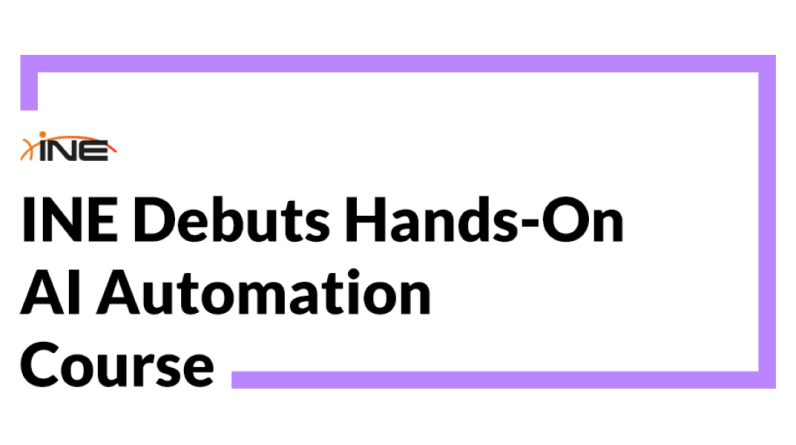
Red Hat envisions “a singular, modernized network fabric” connecting and automating distributed, mass-scale infrastructure
Red Hat today announced that the latest release of its OpenStack Platform, called Red Hat OpenStack Services on OpenShift, is now generally available. The company, which was acquired by IBM in 2019, specifically called out the applicability of its flagship platform to communications service providers (CSPs). OpenStack is a hybrid cloud infrastructure management solution; OpenShift is a Kubernetes-based container orchestration platform.
As it relates to the telecoms set, the OpenStack cloud management platform provides scalability and flexibility across hybrid cloud environments, and it supports the ongoing move towards virtualization and distribution of infrastructure out to the network edge. Primary selling points of the open source platform are cost efficiency and the ability to automate and orchestrate hybrid cloud workloads at scale.
In a press release, Red Hat said OpenStack Services on OpenShift can help CSPs, and other enterprise users, “better unify traditional and cloud-native networks into a singular, modernized network fabric. [It] opens up a new pathway for how organizations can rethink their virtualization strategies, making it easier for them to scale, upgrade and add resources to their cloud environments.”
New capabilities in this latest release include Ansible integration, a control plane for managing Kubernetes-native pods running on OpenShift, easier lifecycle management, support for more third party plug-ins, enhanced observability, and “hardware acceleration technologies to help ensure seamless integration and efficient utilization of specialized hardware for AI tasks.”
Here’s a look at how Orange uses Ansible, and other technologies, to deploy network slices in its cloud-native network.
As CSPs continue to invest in virtualization and the shift to cloud-native networking, Red Hat has been a major player. In fact, last year Nokia announced it would go all-in with Red Hat by integrating its core network applications with OpenStack and OpenShift. Now with the rise of artificial intelligence (AI), operators are working to deploy AI for internal-facing network optimization purposes and for customer-facing use cases like chatbots and personalized marketing. In either case, it means there are going to be more AI workloads in distributed hybrid cloud environments that need to be managed.
KDDI’s Takeshi Maehara, deputy general manager for network and cloud platforms, said the Japanese operator “has been a longstanding user of both Red Hat OpenStack Platform and Red Hat OpenShift and we’re excited about this next evolution. These solutions have enabled us to quickly and flexibly develop and deploy new services and applications.”
Spark New Zealand’s Technology Automation and Services Lead Nilay Rathod said the latest release “will help to further enhance our telecommunications infrastructure, providing even greater flexibility, scalability and resilience.”
We recently took a deep dive into AI-enabled infrastructure automation for CSPs with Red Hat Senior Director of Technology and Architecture Azhar Sayeed. He described the big goal as a “fully-automated, zero-touch deployment…self-configuring, self-healing, self-optimizing, self-evolving.” He laid out a long-term vision for “hyper automation,” which will ultimately be a necessity given the rapidly increasing complexity of networks and services.
In pursuit of that end state though, there are a number of infrastructure challenges that need to be addressed, including the sheer scale of distributed infrastructure, disaggregation of hardware and software, a huge ramp in data being generated by network-connected devices and the network itself, a dynamic service landscape that requires near-constant configuration changes, then baking-in automation from day zero. “Telco infrastructure is becoming massive,” Sayeed said. “Net/net the effect is that data center hardware is being deployed much, much closer to the subscriber…We need to think about how do you actually manage an ever-changing infrastructure…Automation really becomes step zero for implementing anything AI.”







